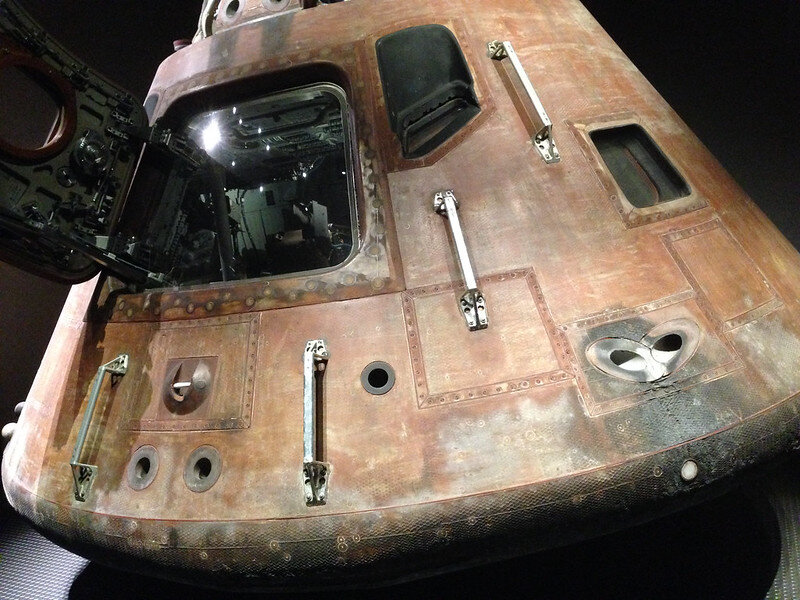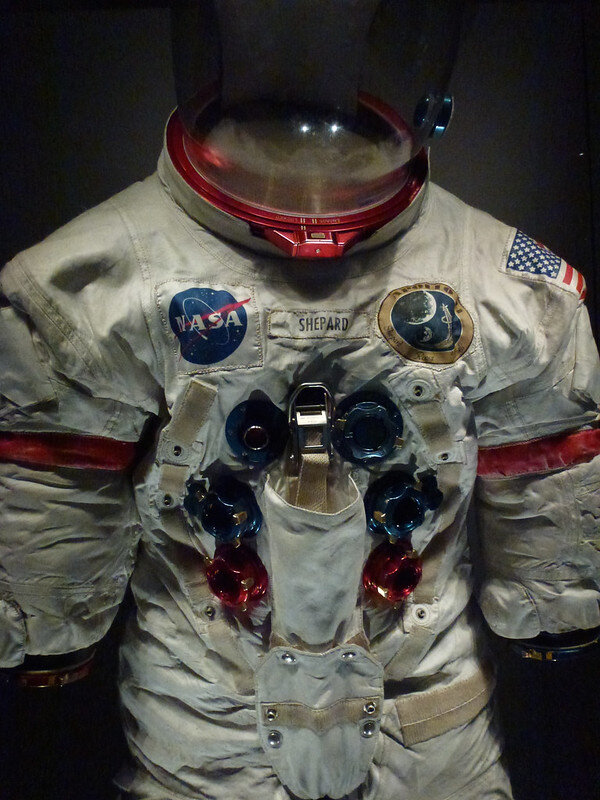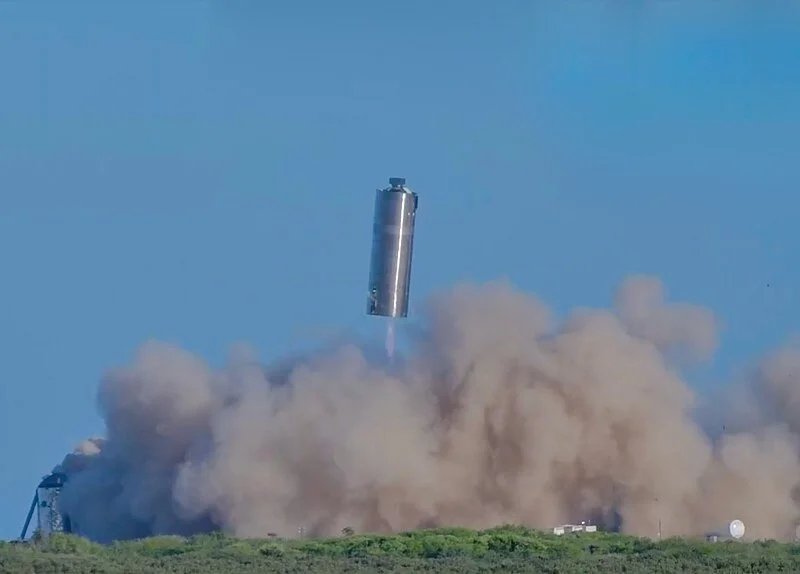Apollo 14
Apollo 14 was the third manned lunar landing. Taking place in 1971, it lasted from Jan 31st until February 9th, when the command module, Kitty Hawk, splashed down in the Pacific to be picked up by the USS Okinawa.
The Lunar module was dubbed Antares; the descent stage is where it was left on the moon and the ascent stage crashed on the moon after it returned the astronauts to the command module.
Apollo 14 was the first mission to take place after the Apollo 13 disaster. It was the last of the H-type missions (see appendix A-5 and B-2 on the 1975 Apollo Program Summary Report), designated for precision lunar landing and systematic exploration.
Originally, Apollo 15 was to be the last H mission. Instead it would be the first J mission; J missions were for extensive scientific investigation of the moon on the surface and from orbit. Apollo 15 is a topic for another day.
The prime crew of Apollo 14 were Alan Shepard (Freedom 7), Stuart Roosa (Apollo 16 and Apollo 17 backup) and Edgar Mitchell (Apollo 10 backup, Apollo 16 backup).
Every mission had a backup crew, and for Apollo 14 the backup crew were Eugene Cernan (Apollo 7 backup, Apollo 10, Apollo 17), Ronald Evans (Apollo 17, Apollo-Soyuz test project backup) and Joe Engle (Crew 2, Enterprise test flights, STS-2, STS-51-I)
Apollo-14 was originally intended to go to the Littrow crater in Mare Serenitatis, but it took on the mission of Apollo 13 and went to the Fra Mauro highlands. This was seen as more important scientifically, and it would allow a survey of the Descartes regions (visited by Apollo 16). The Littrow crater was not visited by a later mission, but Apollo-17 visited Taurus-Littrow, also in Mare-Serenitatis.
Shepard and Mitchell would land on the moon, with Roosa in charge of the command module. Shepard and Mitchell spent 33½ hours on the lunar surface with two trips outside the lander, totalling a little over 9 hours.
Following comments from earlier astronauts, Apollo-14 astronauts had help to carry equipment, in the form of a modular equipment transporter - a glorified hand-cart.
In later missions, the MET was replaced by the lunar rover, and so the transporter was only used on Apollo-14.
The Apollo 14 astronauts travelled a total distance of approximately 4km. On Apollo 12 it was only 2.3km - this record would be broken by Apollo 15 who would travel 27.9km thanks to the lunar rover.
In total, 42.8kg of samples were collected and brought back to Earth (see appendix A-7 of the 1975 Apollo Program Summary Report), The majority of the moon rocks are stored at Houston, with a second repository at White Sands.
Destin from the excellent ‘Smarter Every Day’ Youtube channel filmed at the moon rock repository, and the video is excellent.
The Kitty Hawk capsule is currently on display in Florida, at Kennedy Space Center.
Links
Apollo Image AS14-66-9277 (public domain)
Where does NASA keep the moon rocks? - Smarter Every Day
Alan Shepard and the Mobile Equipment Transporter (public domain)








